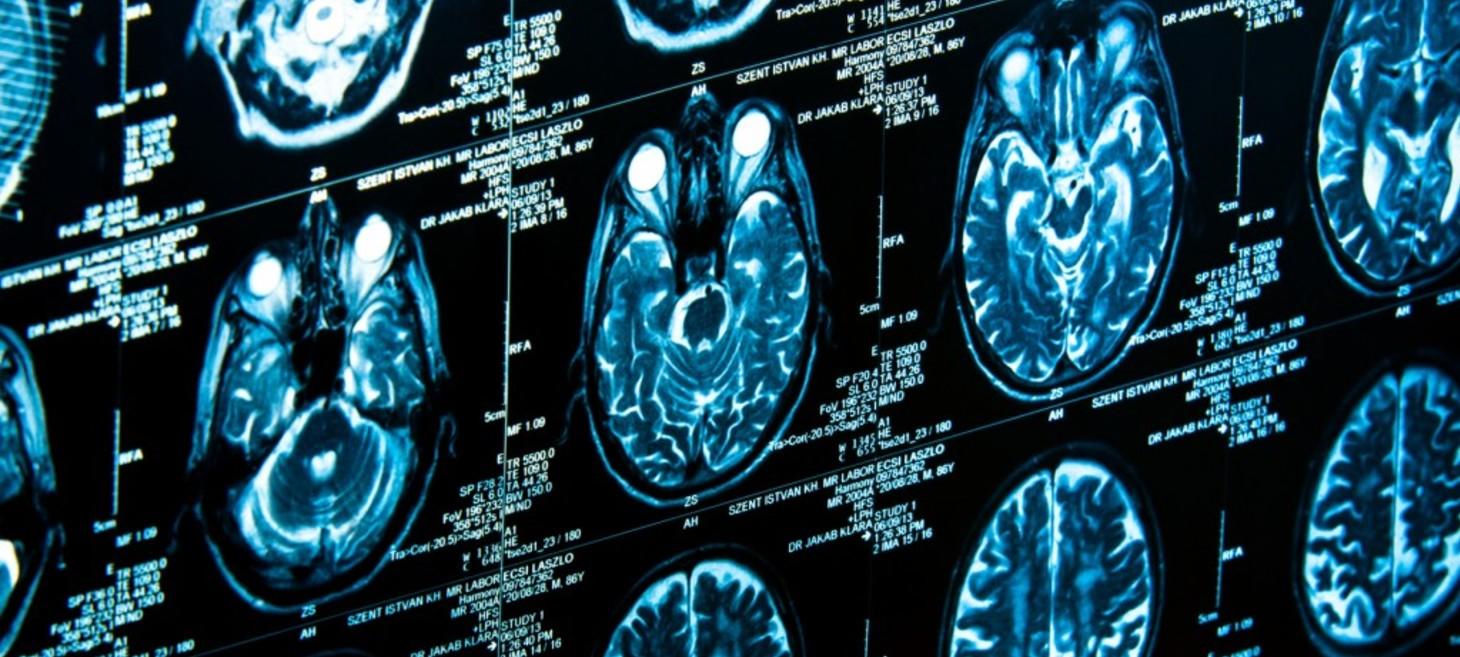Welcome to the 20th issue of AI Weekly, this newsletter is now 5 months old! :)
It's been a great journey so far. A.I. being a hot topic I've had lots of news and resources to cover, and the letter has grown from zero to a few thousand subscribers, all thanks to you sharing it. Thank you!
I hope you'll continue enjoying this letter, and if you do, please let others know.
-- David
In the News
Computer scientists wield Artificial Intelligence to battle tax evasion
When federal authorities want to ferret out abusive tax shelters, they send an army of forensic accountants, auditors and lawyers to burrow into suspicious tax returns. Can this search be automated?
Detecting earthquakes with tweets
Using only tweets, scientists at the US Geological Survey showed that they now can detect earthquakes in 29 seconds flat. There approach is rather simple and interesting.
Inside Yahoo's super-sized Deep Learning cluster
As the ancestral home of Hadoop, Yahoo is a big user of the open source software. In fact, its 32,000-node cluster is the still the largest in the world. Now the Web giant is souping up its massive investment in Hadoop to give it a deep learning environment that’s the envy of the valley.
Learning

Auto-generating clickbait with recurrent neural networks
Writing clickbait titles seems to be a frequent pastime in some redactions, trying to squeeze out maximum clickability. Is this sort of writing formulaic enough to be generated with neural networks or is it inherently human?
Interactive introduction to neural networks
Simulate a neural network within your browser. This is a useful introduction to people new to neural networks who want to "see" activation functions, bias nodes, synapses etc.
Software tools & code

Face recognition with Google's FaceNet deep neural network
Python and Torch implementation of the CVPR 2015 paper FaceNet: A Unified Embedding for Face Recognition and Clustering
Memkite deep learning library tested on iPhone 6S
Memkite is a library to run convolutional neural networks directly on your iDevice. It leverages the device's GPU - through Metal - and Swift. Interestingly, the GPU capabilities of newly released iPhone 6S show great gains over previous versions.
Modeling Molecules with Recurrent Neural Networks
Fun experiments to try to generate molecule names and molecule structures with RNNs. Not sure what the use-case would be but it's a nice demonstration of the power of such networks.
Setting up a GPU instance for Deep Learning using Theano on Amazon EC2
Quick run-through of what is required to setup a GPU-based installation of Theano, Cuda 7.5, CuDNN 7.0, and Keras.
Brains & Neurons

The philosophical questions raised by neuroscience
These days, most of us accept that minds are dependent on brain function and wouldn’t object to the claim that “You are your brain.” After all, we’ve known for a long time that brains control how we behave, what we remember, even what we desire. But what does that mean? And is it really true?
Will you ever be able to upload your brain?
In recent times it has become appealing to believe that your dead brain might be preserved sufficiently by freezing so that some future civilization could bring your mind back to life and/or upload it to some new underlying hardware or bioware. Are such thoughts mistaken? Here are the thoughts of Kenneth D. Miller, professor of neuroscience at Columbia.
Some thoughts
Against The Singularity
Do you believe in the Singularity's promises of exponential growth and immortality? Jon Evans explores the ramifications of what he likens to a new religion.
About
This newsletter is a weekly collection of AI news and resources. If you find it worthwhile, please forward to your friends and colleagues, or share on your favorite network!
Share on Twitter · Share on Linkedin · Share on Google+
Suggestions or comments are more than welcome, just reply to this email. Thanks!
